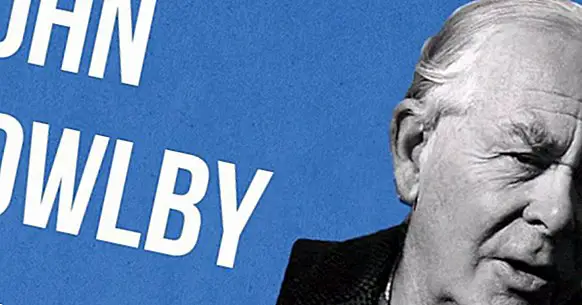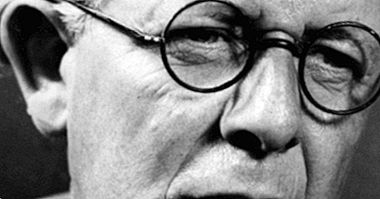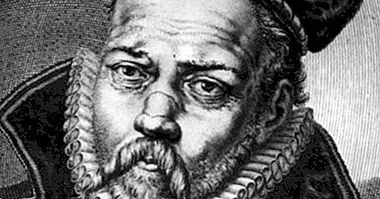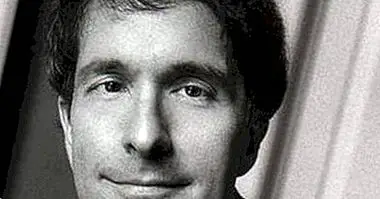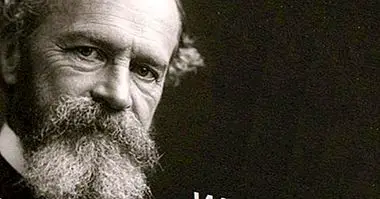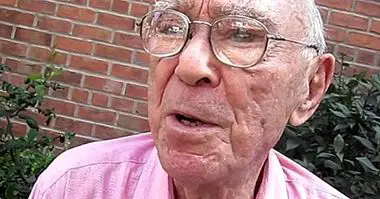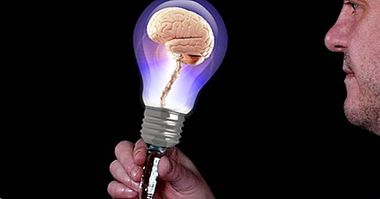John Bowlby: biography (and the bases of his Theory of Attachment)
Perhaps nowadays it seems obvious to us that the relationship between a mother and her baby is of great importance in human development, but this idea has not always been so obvious.
The idea of the importance of attachment in childhood has often been present in different societies, but it would not be until the creation of the Theory of Attachment in which the effects of its presence or absence would be analyzed. This theory was elaborated by John Bowlby, of whom we leave you a brief biography .
Biography of John Bowlby
Edward John Mostyn Bowlby, more popularly known as John Bowlby, was born in London on February 26, 1907. Son of Sir Anthony Alfred Bowlby, who would hold the title of baron as surgeon of the royal house, and Mary Bridget Mostyn, was educated as the fourth of six brothers in a wealthy environment of bourgeois high society.
At that time the upper classes used to leave the children in the care of the service, having babysitters who took care of them.
Childhood
The first years of John Bowlby spent the care of a caregiver named Minnie, having little contact with his mother. However, at four years old he would leave the family's domestic service, causing his departure a great suffering and sense of loss to the child. Although it was replaced, the new nanny had a cold character that did not make her feel comfortable.
In 1914 the First World War broke out, which caused the father of the minor to enroll and become an absent figure of which Bowlby and his brothers would have little news as their mother did not share the content of the letters he sent.
A few years later he would be sent to a boarding school, partly as a way to keep them protected in case of attack. This set of events would generate great pain, probably contributed to the fact that over time he felt the need to work on aspects such as linking , separation anxiety and fear of loss in minors.
Academic training
After several years of internship, he studied at the Naval College of Dartnorth. After that he would try to study medicine at the University of Cambridge, but during the realization of these studies he began to be attracted to psychology and left to later start training in psychology at Trinity College of the same University of Cambridge. His main interest was in childhood and the period of development .
After graduating, he would start doing various studies on juvenile delinquents and misfits, noting that they often came from broken families or had been mistreated.
Union to the British Psychoanalytical Society
In 1929 he enrolled in the University School of London, finishing his studies in Medicine (as well as in Surgery) in 1934. But his concerns with psychology had not ended, forming in psychoanalysis.
During the year 1937 would be accepted as a psychoanalyst in the British Psychoanalytical Society, being analyzed by Riviere among others. After that he would be trained by Melanie Klein in child psychoanalysis and begin to perform the analysis of children. Despite their relationship with this author, the perspectives of both will differ, giving Bowlby greater importance to environmental and parenting factors and to the real relationship between mother or mother figure and son. This will cause it to be rejected and criticized by the psychoanalytic school, leaving aside aspects as central to this theory as the unconscious.
In 1938 he married Ursula Longstaff, with whom he would have four children. That same year he would receive the proposal to preside over Trinity College, a proposal he would accept. In addition, he began working in the child psychiatry unit of a Canonbury clinic. However, World War II would lead him to be recruited. He would have the position of lieutenant colonel, in the medical corps.
Tavistock clinic and participation in the WHO
Once the war was over, he would accept a position as deputy director at the Tavistock Clinic in 1950, being able to observe first-hand the effects of the war on the psyche of his patients. In this clinic I would end up agreeing and working with Ainsworth (who will later expand his attachment theory and make numerous contributions in this regard).
That year Bowlby would also begin to be consulted by the World Health Organization in order to advise on the possible mental health of those children who had become homeless after the war. This contribution would greatly help to create the Charter of the Rights of the Child over time.
In later years the author would carry out numerous experiments and studies that would allow him to understand children's development . Maternal Care and Mental Health would be one of his most prestigious publications of that time, being the preamble of his attachment theory.
Formulation of the Theory of Attachment
The contribution to the most well-known psychology of Bowlby would be developed between 1969 and 1980, being born the Theory of Attachment like description of the relationship between experiences and emotional relationships during childhood and behavior , establishing the need to forge secure attachment links.
We work on aspects such as the effects of abandonment or ambivalence and the innate need for maternal care that generates the feeling of attachment. Attachment is described as an adaptation mechanism based on the search for protection against possible hostile agents, as well as the consequences of cutting this link or not meeting this need.
Death and legacy
Bowlby retired in 1972, although he continued writing the rest of his life and doing research. This important psychoanalyst died on the Scottish Isle of Skye on September 2, 1990, at eighty-three years of age.
His legacy is broad: although his theory has undergone various modifications and has been interpreted by multiple authors, continues to have a great influence on psychology, emphasizing the importance of affective bonding with our parental figures in childhood. It has also served to develop different evaluation techniques and mechanisms, such as Ainsworth's strange situation.

